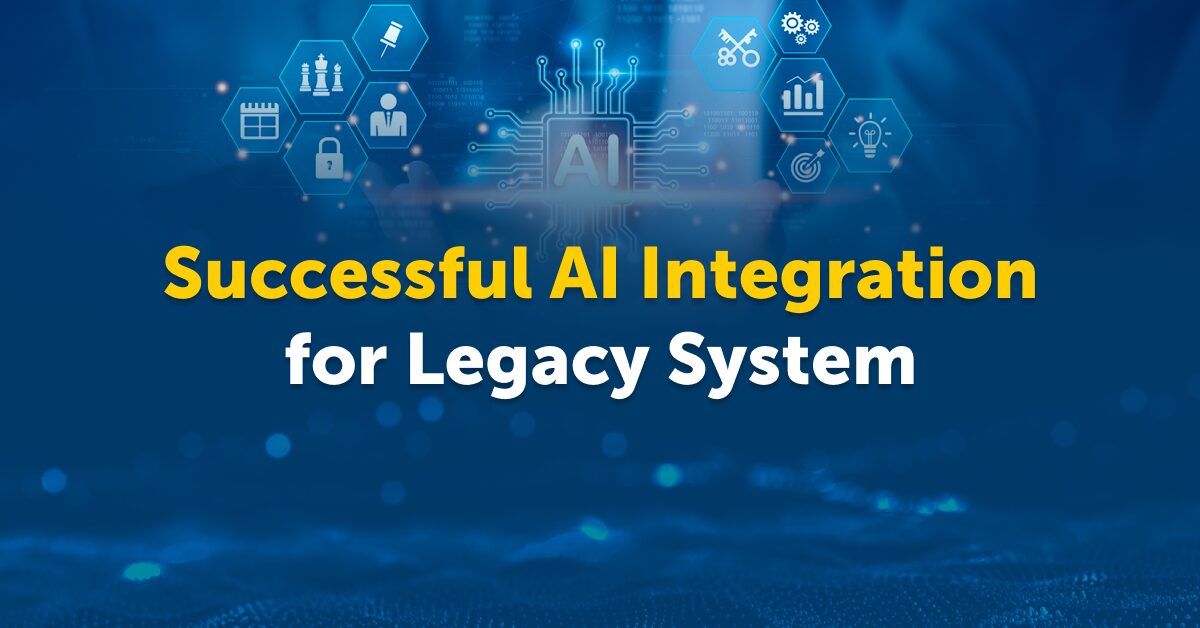AI’s Role in Delivering Equitable Education Opportunities

“AI cannot replace teachers but it is possible that it will reshape the way teachers teach and students learn.”
While AI in education has been prevalent for a while, most abundantly during the pandemic, it is still very limited. AI can play a pivotal role in equitable education by personalizing the learning journey, improving accessibility, providing a 360 degree overview of student progress and fostering communication between teacher and students.
AI in education market size exceeded a billion dollars in 2020, and demand is expected to keep rising. In the next three years, nearly half of all learning management tools will leverage AI. AI in education is met with great acceptance: nearly 90% of educators say technology should be a core part of education.
Roles of AI in education
Automate grading
Current AI technology is already able to automate the reading of multiple choice assessments. This is of great help to teachers with many students and allows them to spend more time on other activities.
Support teachers
Many routine tasks can be managed by AI, as well as communication between teachers and students. AI chatbots communicate with students acting as a teaching assistant. Teachers are able to focus on the classroom and spending individual time with students.
Support students
AI acts as a personalized learning companion that knows students’ personal and academic histories. It also knows students’ strengths and weaknesses. AI meets a variety of student needs. It can help students with special needs by adapting materials that help them succeed.
Personalized help
If students need to reinforce skills or master ideas before an assessment, AI can provide students additional tools they need such as specific reading materials.
Barriers to AI Adoption in Education
Introducing a new tool sometimes creates hesitancy among teachers, as the tool isn’t part of the school’s established culture. On top of this, there are different levels of interest in technology tools. Educators need to be comfortable using a tool to create buy-in among students and parents. Tool literacy is a harder demand to meet for those already struggling in the classroom, due to language, tech fluency, and innate learning style barriers.
AI is the ideal technology as it addresses the issues of literacy, applicability and functionality. It is device agnostic and works across all devices in their intended context. It is user-friendly and simple. It has offline functionality or off a shared network when outside of school. It is also intuitively designed to minimize distractions.
How to adopt AI in education
- Larger focus on tools, techniques, and procedures that can facilitate broad stakeholder engagement and participatory design and reduce barriers to adoption
- Focusing on education and empowerment, clear communication, inclusive development teams, teacher engagement, and collective decision making
- Teachers need training on collecting and using data in the classroom
- School systems need to learn how to evaluate AIEd technologies
- Provide opportunities for teachers to interact with the technologies and learn how they work
- In terms of clear communication, administrators need to be open about their procurement decisions and the rationale behind the adoption of selected tools
- Discuss the goals of any technologies being considered
- School systems should also interface with the vendors to uncover the research behind products as well as ask the question of how the system tracks and uses the data it collects
- Educators, administrators, and school systems should collectively discuss the goals of AIEd tools in their schools
- A new curriculum for a digital and AI-powered world
To learn more about how Fusemachines can help education for AI, click here.


